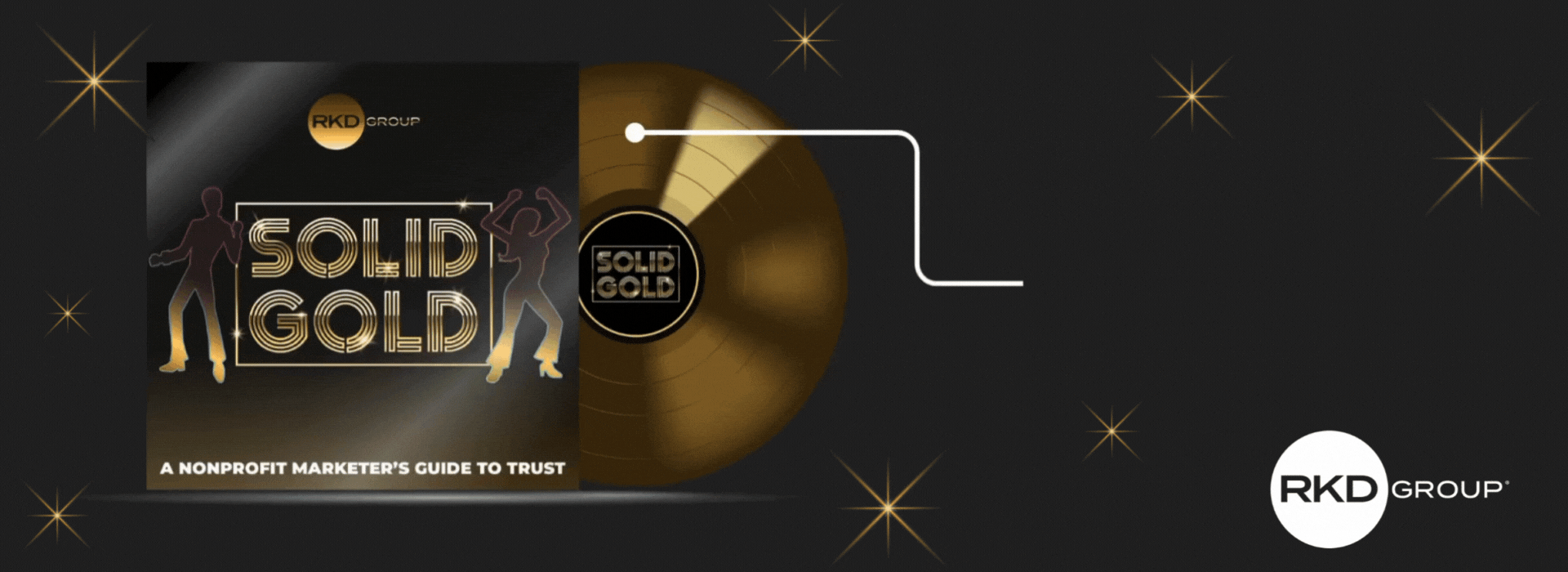We know everyone is getting tired of hearing about COVID. However, its impact on the nonprofit space is still being felt.
Last year was the first year we saw donation levels settling for food banks, and this is expected to continue as we close out 2023 and into the years to come.
Our 2023 Food Bank Mid-Year Report shows that the spikes in giving have softened over the last two years, and the upcoming fundraising seasons may be a bit challenging for some food banks. However, it’s important to note that revenue and donors are still elevated over pre-COVID levels in this new normal.
With that in mind—and the fact that most food banks raise the majority of their annual revenue in the last three months of the year—there’s a lot of pressure this holiday season!
Here are a few fundraising strategies to take some of that pressure off and give some new perspective to year-end giving:
Focus on holiday-centered stewardship
Stewardship is vital year-round. But with the holiday season, we can have a bit more fun when we thank our donors.
Wish your donors happy holidays from your family to theirs. Tell them how important their past support has been and how impactful a gift during the holidays will be to those in need. Your donors are going to be heavily asked for gifts during this time of year; make sure your organization stands out.
And don’t forget to reinforce donors’ trust in your organization. Our recent research—“Solid Gold: The Nonprofit Marketer's Guide to Trust”— found that transparency and competence are the driving force of donor trust.
Make sure that when you thank your donors, you tell them the impact of their donation and exactly how it helped address hunger in your community.
Build better donor journeys
Food banks are in a unique situation, with an influx of digital donors due to COVID. How you message a new donor is crucial for donor retention, and the wrong message could cost you. We’ve been so focused on direct mail versus digital channels that we forget what’s most important—the message the donor receives.
Here’s where segmentation comes in.
Audience segmentation is great for locating specific donor pools and targeting them with tailored messaging. Rather than sending out a general message to all donors, you can craft a unique message to send to certain types of donors—new donors, recurring donors, donors who love to get monthly updates, donors who want to know how their gift impacted the organization.
When you know your donor, you can communicate with them more efficiently and increase the chances of them donating again. It’s a win-win situation.
Segmentation allows you to directly communicate with donors who will most likely interact with your messaging. Donors will only receive messages that are meant for them. No more constant emailing that will end up in their junk folder.
Layer in a new tactic
Trying something new this holiday season could give your organization a competitive edge in communicating with donors.
We’ve recently incorporated peer-to-peer texting with a few of our food bank clients as a new way to reach donors. My colleague Haley Smith dove into what peer-to-peer texting means and how this strategy differs from a typical mass-texting program.
By giving donors the ability to communicate back-and-forth with either a texting service member or an organization representative, we can start an open and multichannel communication that allows donors’ questions to be answered and their voices heard. This push to digital communication will continue past Q4 and into future marketing endeavors.
Adding a new opportunity to reach your donors could benefit your Q4 goals. That said, don’t feel like you have to rush to change the strategies that you know are working for you.
Don’t neglect email hygiene
One last tip to remember: As we enter Q4, it’s also important to keep your mailing list clean and updated.
Remove email addresses that no longer exist and inactive subscribers. Segment email lists to streamline relevant communication to those who will engage with it. This will give you accurate email engagement numbers that you can use in the new year to further grow your direct marketing.
Year-end giving is stressful, but the work is not done. By adding holiday-centered stewardship, donor segmentation and incorporating something new, you can aim to exceed the goals you’ve set to close out the year.






Leave a comment: